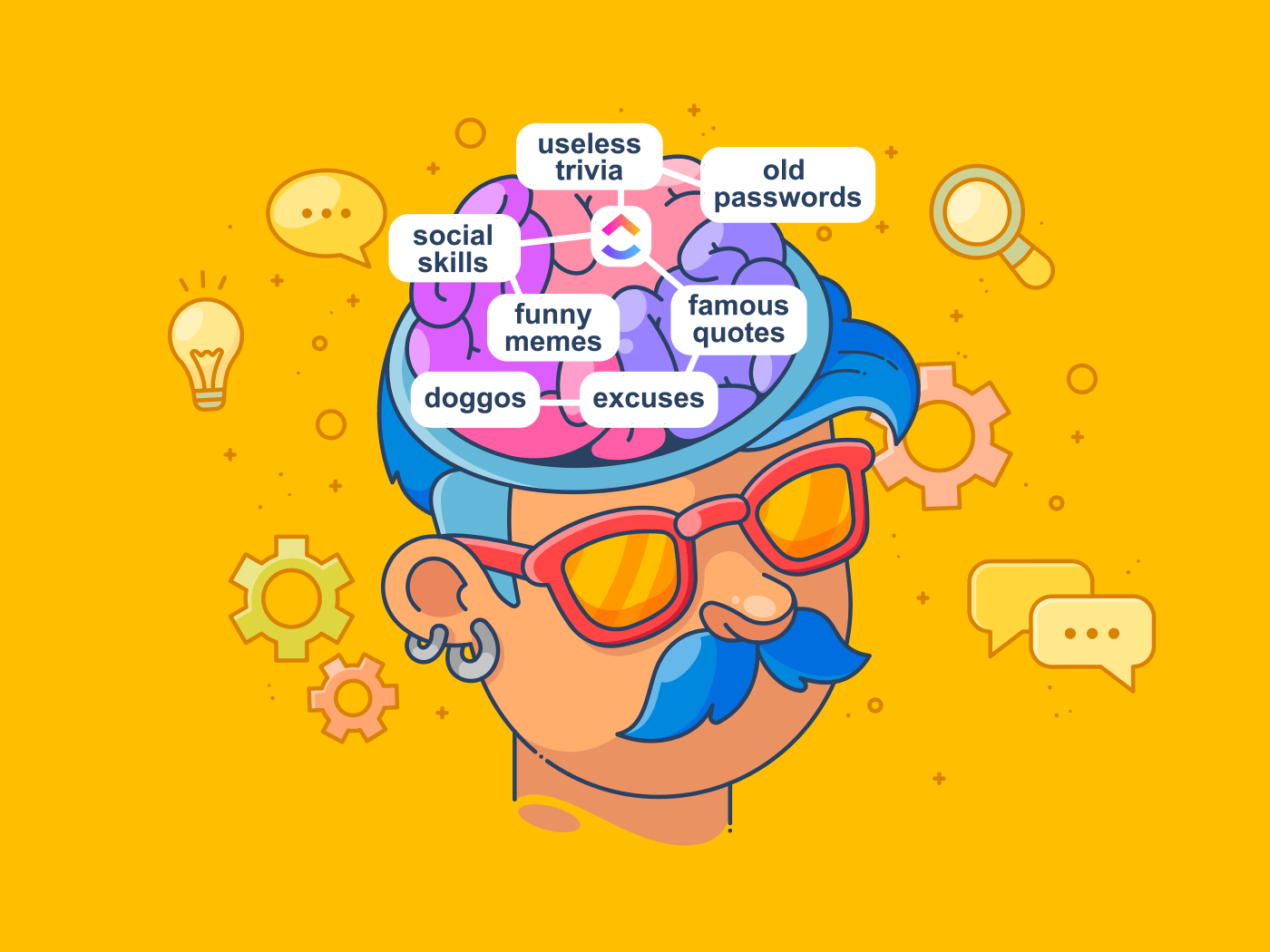

(Alex Huth video) The result achieved through computational models of brain imaging data collected while the subjects watched hours of movie clips is what researchers call. Alex Huth explains the science of how the brain organizes visual categories.
THEBRAIN ORGANIZE THOUGHTS UPGRADE
TheBrain 11 is a free upgrade with a Pro Services subscription and for purchases made after August 3, 2019. They have created the first interactive map of how the brain organizes these groupings. McChrystal (ret.), Nobel Prize–winning neuroscientist Stanley Prusiner, and head writer for The Big Bang Theory, Eric Kaplan. TheBrain 11 truly delivers the most powerful way to organize and find your information. Secretary of State (and Secretary of the Treasury) George P.

On publication, the book received praise from a wide array of people including former U.S. The second and third parts of the book show how readers can use their attentional and memory systems for better organization, from the classroom to the boardroom, from home lives to interactions with friends, doctors, and business associates. Multitasking comes at an actual metabolic cost: switching back and forth between tasks burns a lot more oxygenated glucose (the fuel the brain runs on) than focusing on one task does, and can lead quickly to mental exhaustion. The attentional awareness system is the reason one can safely drive or walk to work without noticing most of the buildings or cars one passes by.Īdditionally, Levitin reveals that the phrase "paying attention" is scientifically true. Find anything youve learned, touched, or thought about in the past within seconds Organize your knowledge and use it to move your projects and goals forward. Levitin explains why attention is the most essential mental resource for any organism and describes how the brain's attentional system works: it determines which aspects of the environment an individual will deal with, and what gets passed through to that individual's conscious awareness. It answers three fundamental questions: Why does the brain pay attention to some things and not others? Why do we remember some things and not others? And how can we use that knowledge to better organize our home and workplaces, our time, social world, and decision making? Known as ‘unconscious,’ the cerebellum is in charge. This part of the brain takes up to 10 of its total volume, yet contains more than half of all the neurons in the brain. Although it isn’t directly involved in thinking, the cerebellum plays an important role in this process. Levitin then demonstrates methods that readers can use to regain a sense of mastery over the way they organize their homes, workplaces, and time. Which part of the brain deals with thinking: the cerebellum. In The Organized Mind, Levitin demonstrates how the Information Age is drowning us with an unprecedented deluge of data, and uses the latest brain science to explain how the brain can organize this flood of information. It is Levitin's 3rd consecutive best-seller, debuting at #2 on the New York Times Best Seller List, #1 on the Canadian best-seller lists, #1 on Amazon, and #5 on The London Times bestseller list. Levitin, PhD, and first published by Dutton Penguin in the United States and Canada in 2014. The Organized Mind: Thinking Straight in the Age of Information Overload is a bestselling popular science book written by the McGill University neuroscientist Daniel J. A Field Guide to Lies: Critical Thinking in the Information Age


 0 kommentar(er)
0 kommentar(er)
